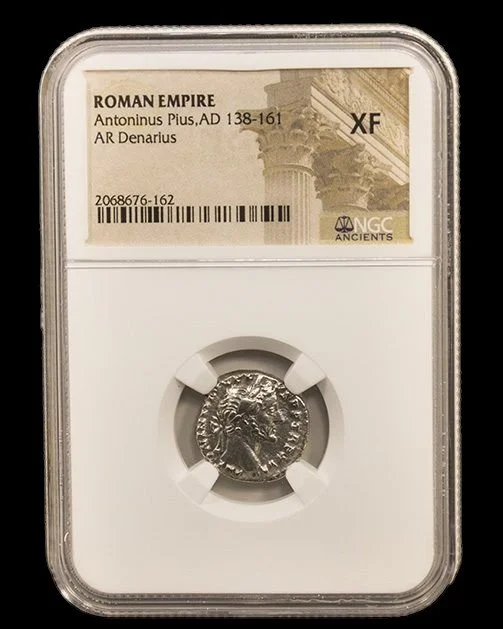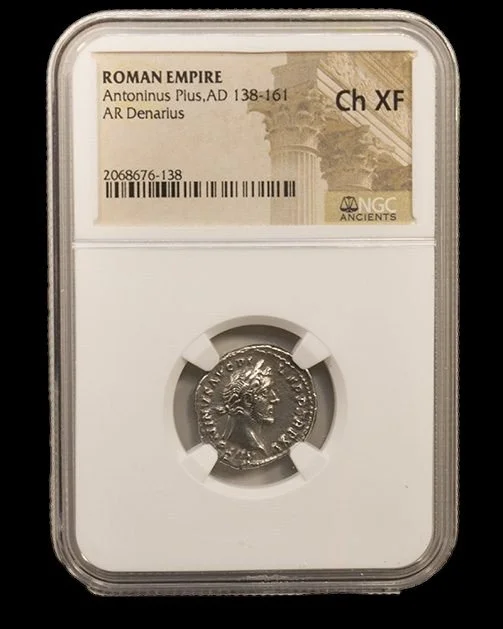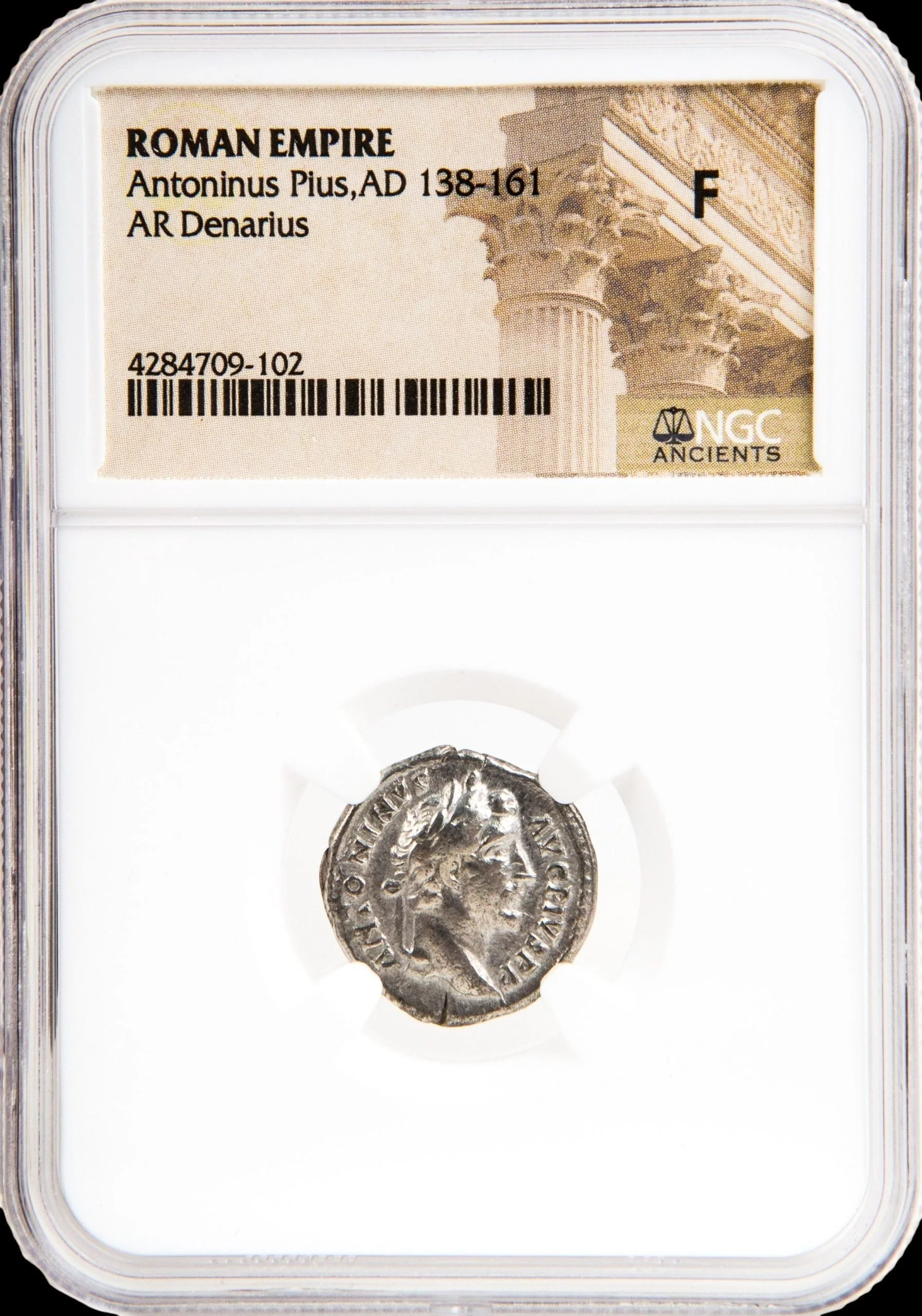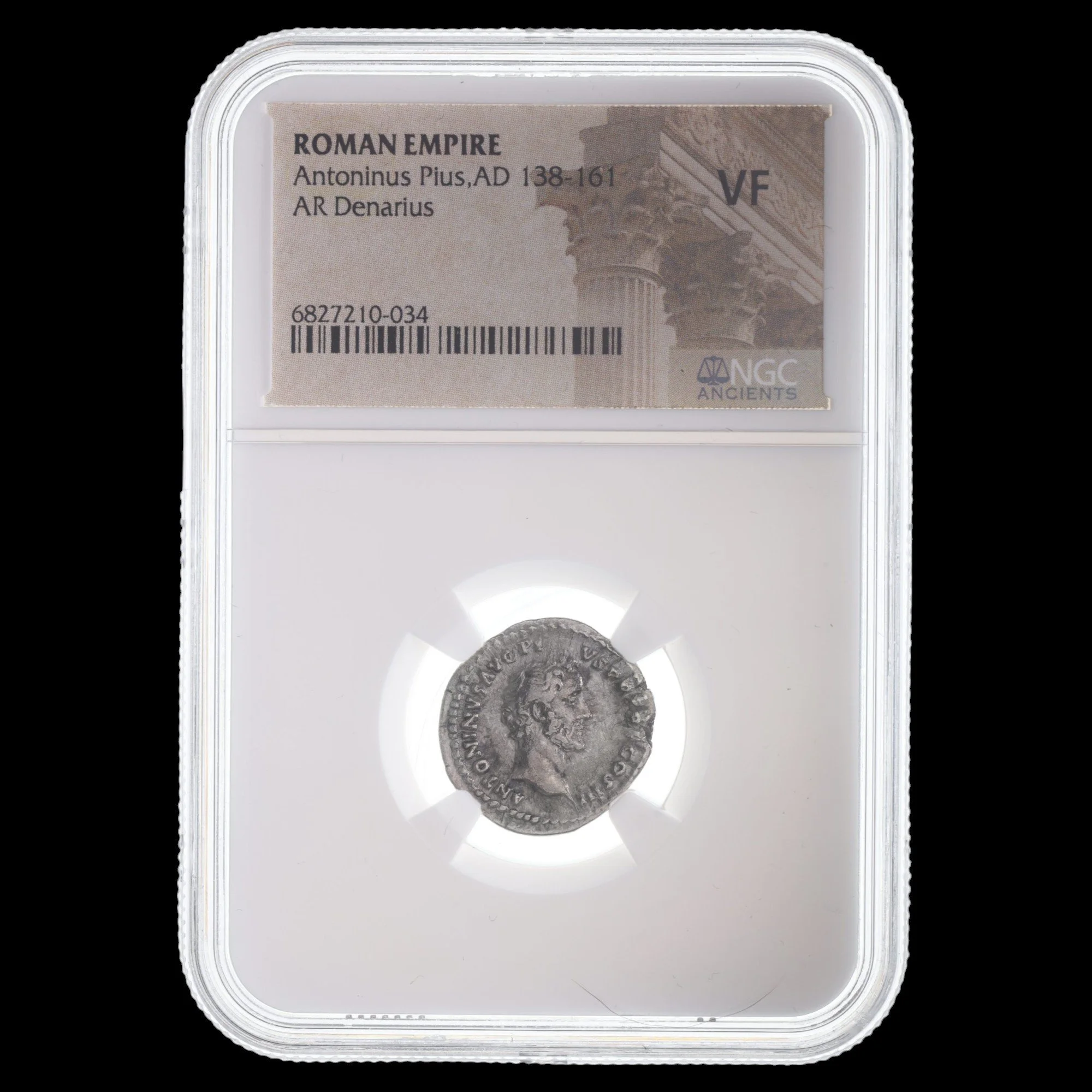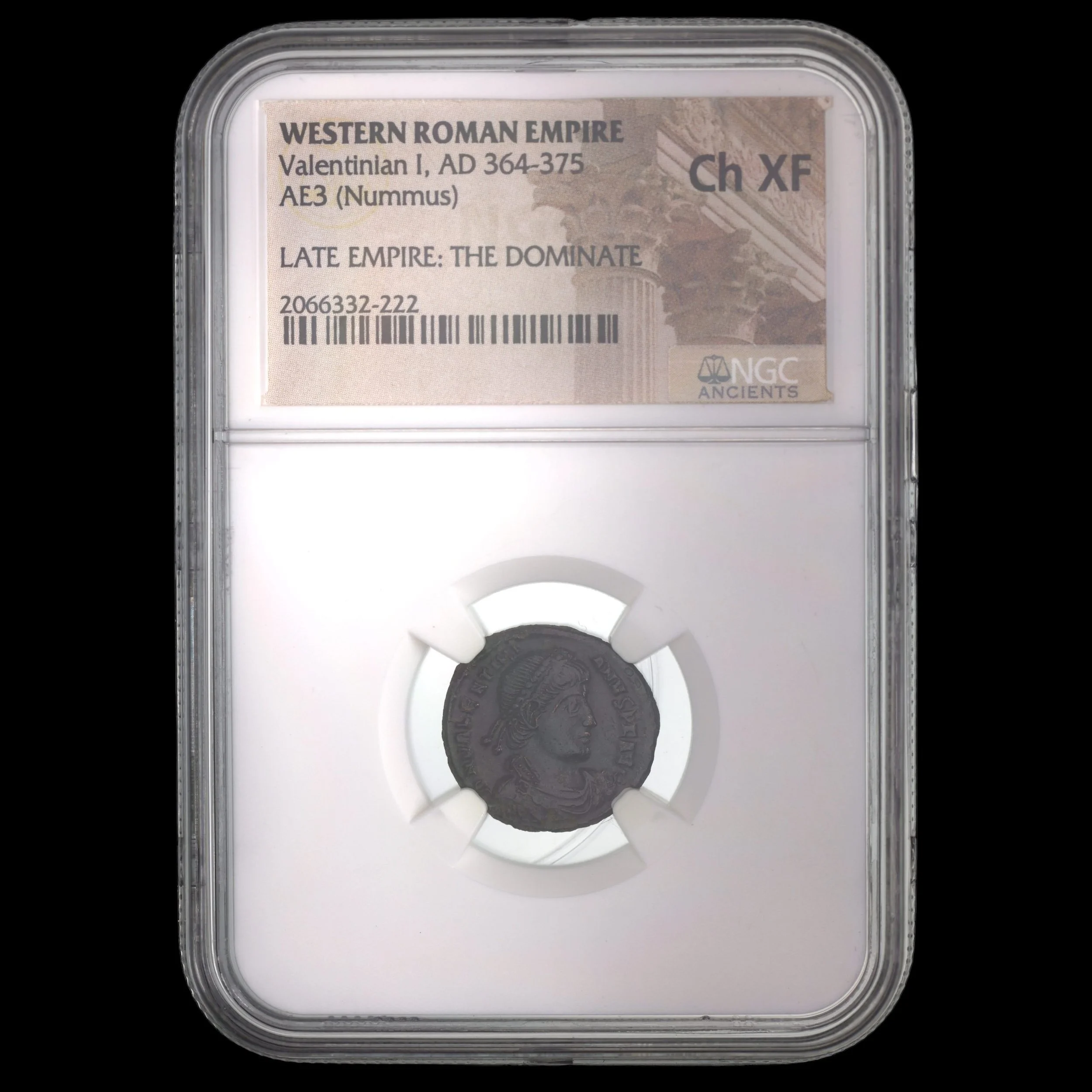 Image 1 of 7
Image 1 of 7

 Image 2 of 7
Image 2 of 7

 Image 3 of 7
Image 3 of 7

 Image 4 of 7
Image 4 of 7

 Image 5 of 7
Image 5 of 7

 Image 6 of 7
Image 6 of 7

 Image 7 of 7
Image 7 of 7








Roman AE Coin of Probus (about 1,743-1,749 years ago)
The coins shown are representative examples of the grade and type, but not the actual specimens for sale. For details on NGC’s grading standards and definitions, please refer to our NGC Grading page.
Roman Empire – Aurelian (AD 270–275) – Antoninianus
Struck in bronze with traces of original silvering, this coin belongs to the reign of Emperor Aurelian, the military leader who restored unity to the fractured Roman Empire.
Obverse: Radiate, cuirassed bust of Aurelian facing right, emphasizing his role as radiate Augustus, a visual link to divine authority.
Reverse: Typically features Sol Invictus (the Unconquered Sun) advancing or standing, or themes celebrating Aurelian’s military victories and the restoration of imperial stability. Other reverses may include personifications such as Concordia, reflecting harmony within the empire.
Denomination: Antoninianus (double denarius)
Composition: Bronze (AE), often with a thin silver wash applied at the mint.
Date: Struck circa AD 270–275 during Aurelian’s reign.
Certification: NGC Certified.
Aurelian’s coinage is especially notable for its consistent use of Sol Invictus, symbolizing the emperor’s divine favor and his role in reunifying the empire after years of crisis. These coins are both historically significant and accessible to collectors, representing one of Rome’s most energetic and successful soldier-emperors.
The coins shown are representative examples of the grade and type, but not the actual specimens for sale. For details on NGC’s grading standards and definitions, please refer to our NGC Grading page.
Roman Empire – Aurelian (AD 270–275) – Antoninianus
Struck in bronze with traces of original silvering, this coin belongs to the reign of Emperor Aurelian, the military leader who restored unity to the fractured Roman Empire.
Obverse: Radiate, cuirassed bust of Aurelian facing right, emphasizing his role as radiate Augustus, a visual link to divine authority.
Reverse: Typically features Sol Invictus (the Unconquered Sun) advancing or standing, or themes celebrating Aurelian’s military victories and the restoration of imperial stability. Other reverses may include personifications such as Concordia, reflecting harmony within the empire.
Denomination: Antoninianus (double denarius)
Composition: Bronze (AE), often with a thin silver wash applied at the mint.
Date: Struck circa AD 270–275 during Aurelian’s reign.
Certification: NGC Certified.
Aurelian’s coinage is especially notable for its consistent use of Sol Invictus, symbolizing the emperor’s divine favor and his role in reunifying the empire after years of crisis. These coins are both historically significant and accessible to collectors, representing one of Rome’s most energetic and successful soldier-emperors.




